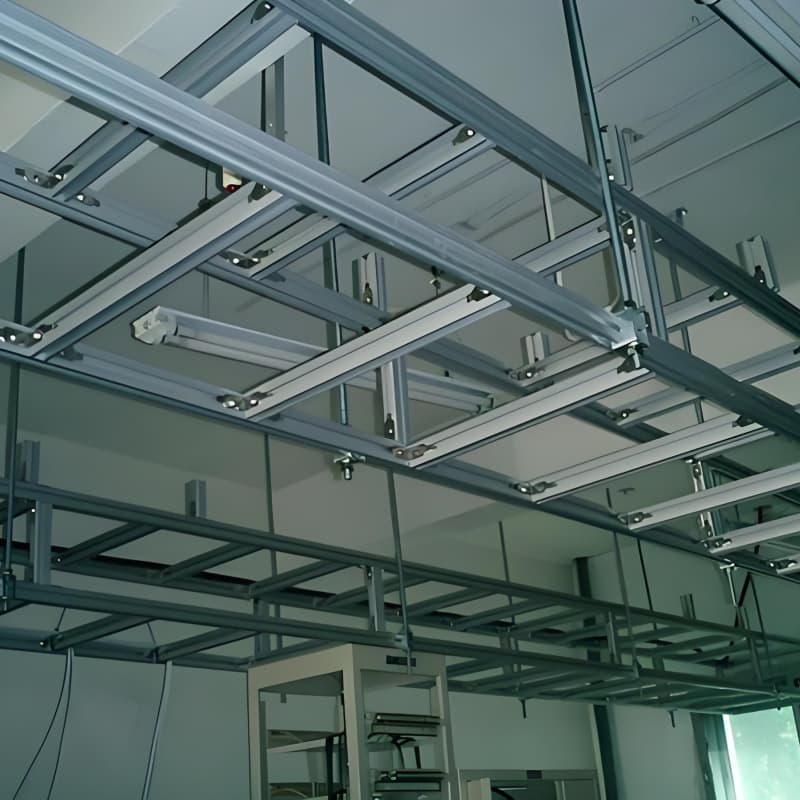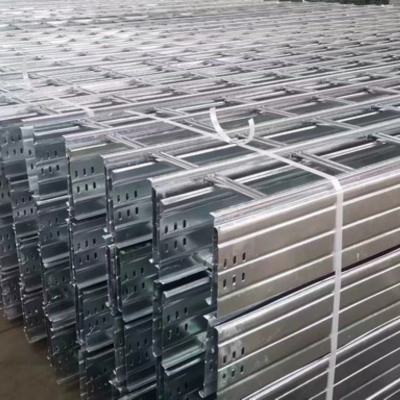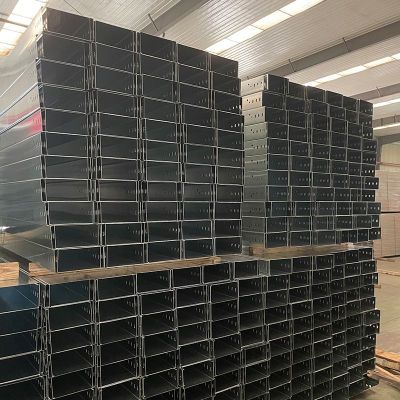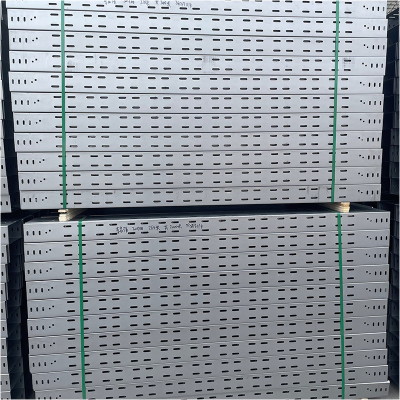Procurement Wall Mounted Cable Trays
Selection of cable tray types and varieties:
1. When there is a requirement to shield cable networks from electrical interference or to protect against external influences (such as corrosive liquids, flammable dust, etc.), a trough type composite anti-corrosion shielding cable tray (with cover) should be selected.
2. Composite epoxy resin anti-corrosion and flame-retardant cable trays should be used in highly corrosive environments. The same materials should be used for the support arm and bracket to improve the service life of the cable tray and accessories. Cover plates should be added in environments or outdoor places that are prone to dust accumulation and require cover.
3. In addition to the above situations, tray type, trough type, step type, glass anti-corrosion and flame-retardant cable trays or steel ordinary cable trays can be selected according to the on-site environment and technical requirements. Cover plates should be added in environments or outdoor places that are prone to dust accumulation and require cover.
4. When crossing public passages or outdoor road sections, it is advisable to add padding or use pallets at the bottom of the lower steps. When crossing public passages with large spans, the load capacity of the bridge frame can be increased or a scaffolding can be selected according to user requirements.
5. Composite cable trays should be selected for large spans (>3m).
6. Composite epoxy resin bridge should be selected for outdoor use
Introduction of the product
Selection of cable tray specifications:
1. The width and height of the bridge should comply with the cable filling rate not exceeding the specified values of relevant standards and specifications. Power cables can be taken as 40-50%, control cables can be taken as 50-70%, and an additional 10-25% margin for structural development should be reserved.
2. The specifications of various bends and accessories should comply with the engineering layout conditions and be compatible with the bridge frame.
3. The selection of support and hanger specifications should be configured according to the specifications, number of layers, span, and other conditions of the bridge frame. And it should meet the requirements of the load.
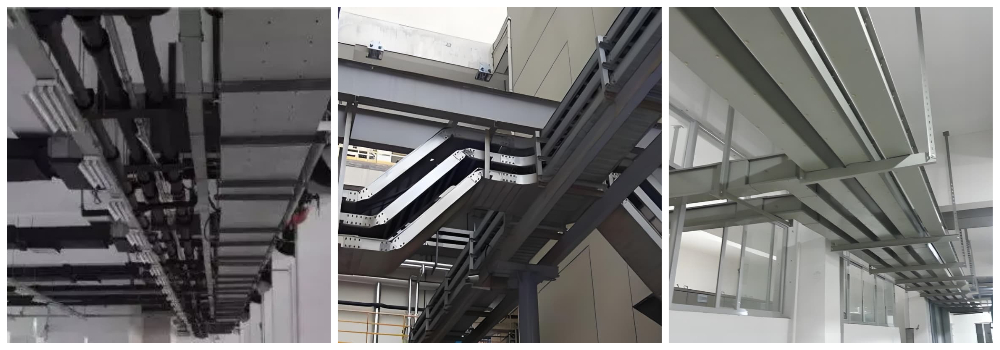
Production process:

FAQ:
Q1: What types of cable trays do you offer?
A1: We provide a wide range of cable trays, including ladder-type, perforated, and solid-bottom trays. Our products are available in various materials such as galvanized steel, stainless steel, and aluminum, with surface treatments like hot-dip galvanizing and powder coating, to meet the specific needs of different projects.
Q2: How do I determine the quantity and specifications of cable trays for my project?
A2: You can share your project drawings or detailed requirements with us, and our team will assist you in calculating the necessary quantity and selecting the appropriate specifications to ensure the best fit for your needs.
Q3: What are the key features of your cable trays?
A3: Our cable trays are built to be durable, corrosion-resistant, and easy to install and maintain. They are ideal for power distribution, telecommunications systems, and industrial applications, and they comply with international standards for quality and performance.
Q4: How do you ensure the quality of your cable trays?
A4: Our cable trays undergo comprehensive production and quality inspection processes, including material testing, dimensional accuracy checks, and surface treatment validation, to ensure they meet both industry standards and customer requirements.
Q5: How to transport cable trays?
A5: After production and inspection, we pack the cable trays using high-quality materials to prevent damage during transit. We work with reliable logistics partners to arrange efficient transportation and provide tracking information for real-time shipment updates.
For any additional questions or specific inquiries, please contact us. We are here to assist you with all your cable tray needs!
Application:
A cable tray is a bracket that supports and holds cables. Cable trays are commonly used in engineering, as long as cables are laid, cable trays must be used. As a supporting project of wiring engineering, the design and selection process of cable trays should be based on the type and quantity of customer needs, and the appropriate cable trays should be selected reasonably. Cable trays have the characteristics of wide variety, wide application, high strength, light structure, low cost, simple construction, flexible wiring, standard installation, and beautiful appearance.


Company Profile:
Shandong Bolt Electrical Equipment Co., Ltd. is a long-term commitment to the cable tray engineering industry, high-quality service material suppliers, the company is located in Liaocheng City, Shandong Province, Liaocheng, “Jiangbei Water City”, “Canal City” reputation, beautiful scenery, convenient transportation, is specialized in cable tray R & D, production, sales and installation of professional manufacturers, adopting the international advanced cable tray manufacturing process, with the current domestic leading level of cable tray one-time forming production line. The company is a professional manufacturer specializing in the research and development, production, sales and installation of cable tray, adopting the international advanced cable tray manufacturing process, with the current domestic leading level of the tray once formed production line. At present, the factory covers an area of 20,000 square meters, with more than 230 employees, the average daily output of about 120 tons, with a number of integrated production lines and many automated equipment. Our factory pursues the business philosophy of “quality as the basis, integrity as a guarantee, management to be effective, innovation and development”, adheres to the business philosophy of “customer-centered”, always seeks for perfection, sincerely returns to the society, and builds a brilliant future for the blue water and the blue sky with excellent products and perfect service.


Workshop Show:




